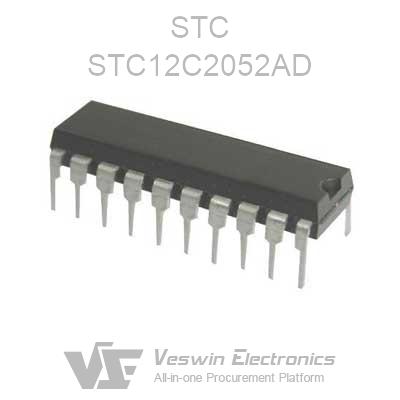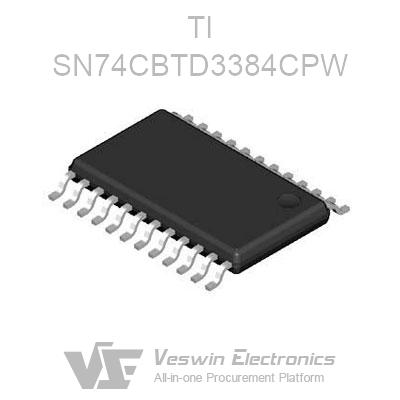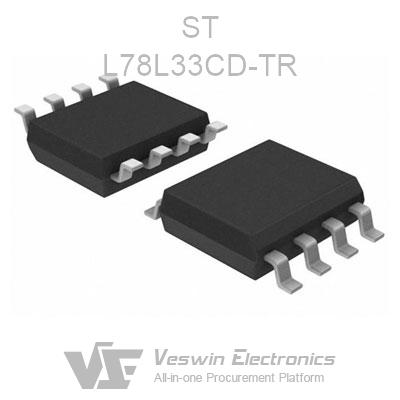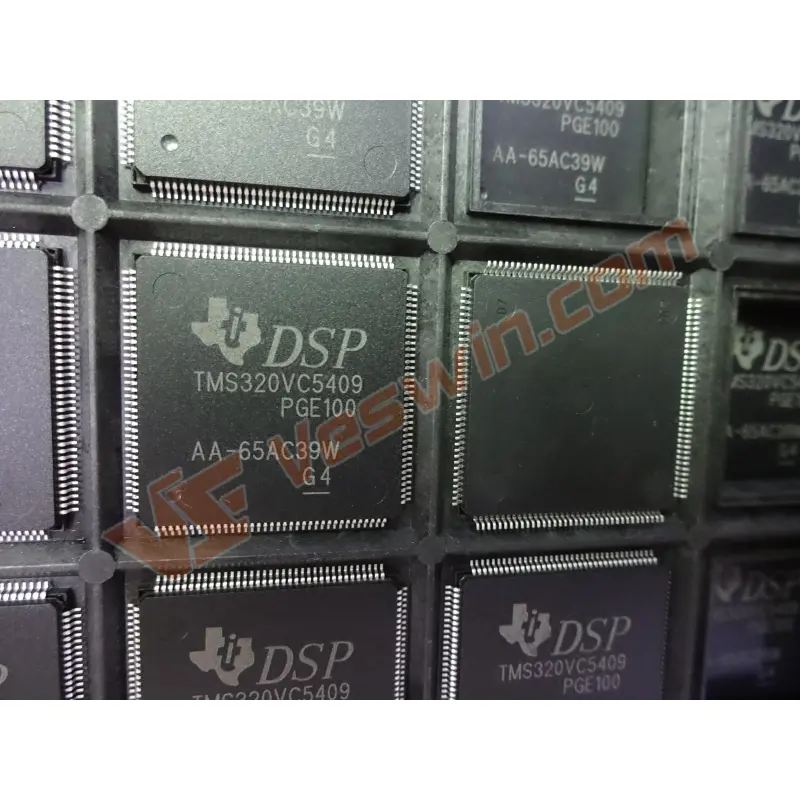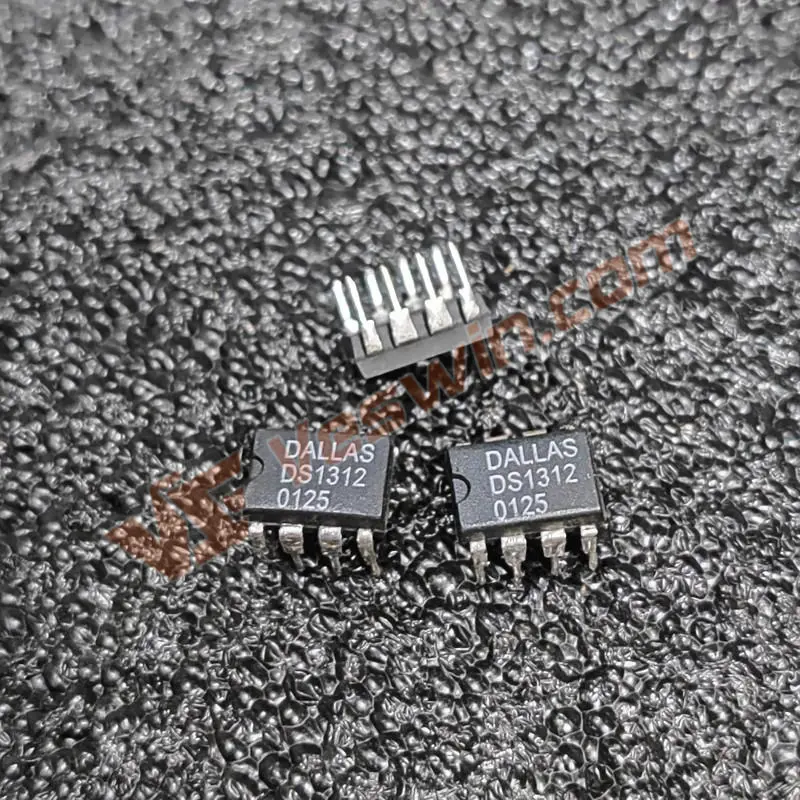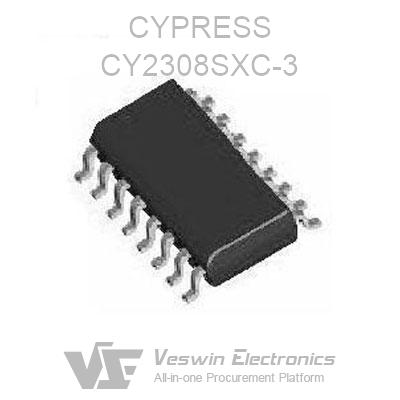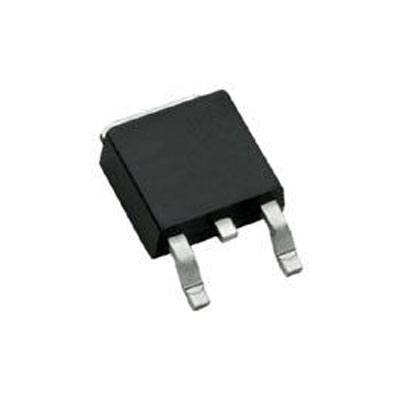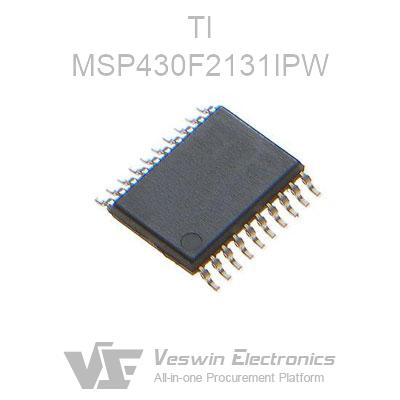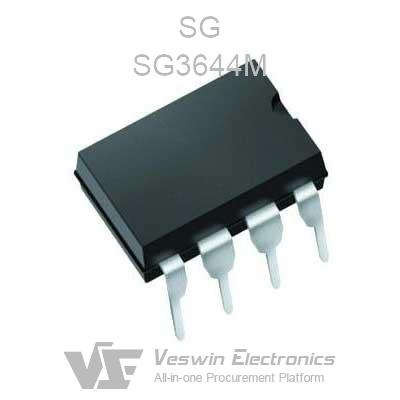The relationship between the semiconductor support process and the performance of the CPU is very big. It is related to how many transistors can be stuffed into the CPU, as well as the frequency that the CPU can reach and its power consumption. In 1978, Intel introduced the first CPU— —8086, which is produced by 3μm (3000nm) process, only 29,000 transistors, and the operating frequency is only 5MHz.
Now the single-chip CPU with the most transistors should be Intel's 28-core Skylake-SP Xeon processor, which has more than 8 billion transistors, and the highest frequency is Core i9-9900K, with a maximum frequency of 5GHz. Produced using Intel's 14nm process.
The production of CPU needs to go through 7 processes, namely: silicon purification, wafer slicing, photocopying, etching, repetition, layering, packaging, testing, and the etching process is an important task for CPU production, and it is also a key technology. In short, etching is the process of making transistors on a silicon wafer with a laser. The process of etching is completed by light, so the wavelength of the light used for etching is the key to the improvement of this technology. It affects the etching on silicon wafers. The minimum size, which is the line width.
Now how many nanometers in semiconductor technology actually refers to the line width, which is the width of the gate unit of the most basic functional unit on the chip, because the width of the wiring between the gate circuits is the same as the width of the gate circuit, so the line width can Describe the manufacturing process. Reducing the line width means that transistors can be made smaller and denser, and smaller wafers can be used for the same chip complexity, thus reducing costs.
Another important advantage of more advanced semiconductor manufacturing processes is that the operating frequency can be increased. After reducing the spacing between components, the capacitance between the transistors will also be reduced, and the switching frequency of the transistor will be increased, so that the operating frequency of the entire chip will go up.
In addition, the reduction in the size of the transistors will reduce their internal resistance, and the required on-voltage will be reduced, which means that the operating voltage of the CPU will be reduced, so we see that each new CPU core has a corresponding voltage compared to the previous generation. reduce. In addition, the dynamic power loss of the CPU is proportional to the square of the voltage. The reduction of the operating voltage can greatly reduce their power.
In addition, the probability of the same process is also very important. Intel has developed to the third generation since the 14nm process was put into production in 2015. Intel has been improving the process and continuously improving performance without increasing power consumption. The 14nm ++ process has better performance than the original 14nm process. Increased by 26%, or reduced power consumption by 52%.
In fact, the 12nm process used by AMD Ryzen processors is essentially only a modified version of GlobalFoundries' 14nm process, which is the original 14nm +. The transistor density has not been improved, but the performance has improved. The maximum operating frequency has been increased by 250MHz , And Vcore dropped by 50mV at the same frequency.
Many years ago Intel expected the progress of its own semiconductor process, and there should be a funny expression here.
In general, semiconductor technology is the key to determining the performance and power consumption of various integrated circuits. The reduction in line width can increase the density of transistors and reduce costs, followed by the increase in transistor frequency, performance, and power consumption.
Hot News
